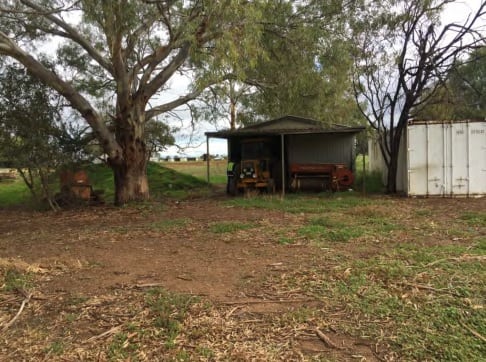
Underground petroleum storage systems (UPSS) can be a big headache when trying to sell or develop property. UPSS can leak into the surrounding soil and groundwater, polluting the environment and endangering human and animal health. Thorough UPSS investigation and detailed reporting is necessary to proceed with sales or redevelopments. A family run restaurant in the
read more






